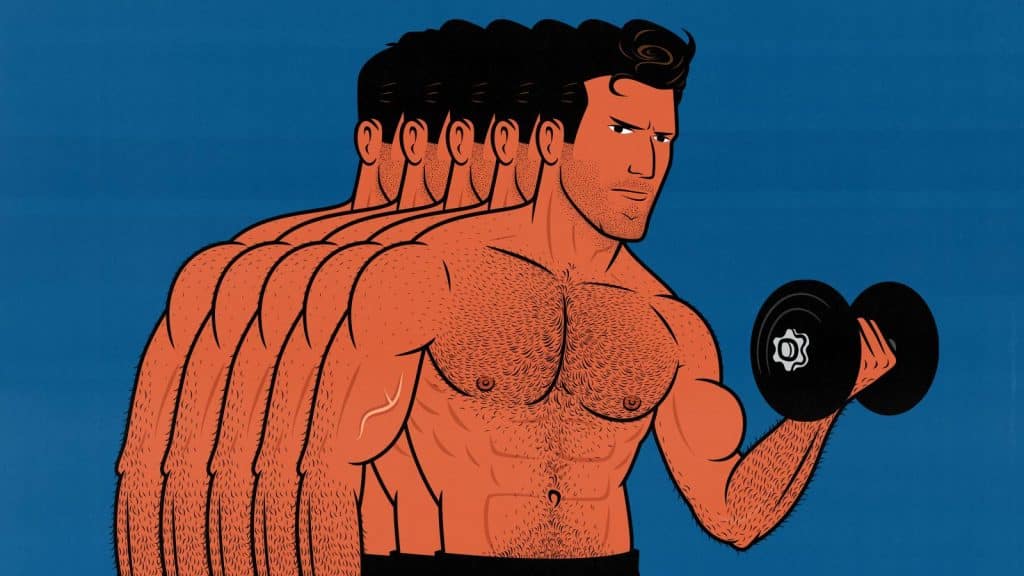
How Many Sets Should You Do Per Muscle Group Per Week?
The latest meta-analysis suggests you can maximize your rate of muscle growth with 10–20 sets per muscle group per week (Baz-Valle). That means in certain circumstances, you can expect to build as much muscle with 10 sets as 20. In other circumstances, going up to 20 sets could stimulate extra muscle growth. Going past 20 probably won’t stimulate even more.
This is a contentious topic. Some people believe it’s better to train harder, for fewer sets, less often. Others believe that there’s no real volume ceiling—that you can benefit from as many sets as you can suffer through.
Right now, the most famous programs use a moderate training volume (of about 8–24 sets per muscle per week), the research supports a moderate training volume, and most experts recommend a moderate training volume (exhaustive breakdown here). It’s also the approach we use when training clients ranging from desk workers all the way up to professional and Olympic athletes.
However, there are quite a few assumptions baked into these set recommendations.
- You’re training for hypertrophy. That means choosing good exercises, using a deep range of motion, doing about 6–20 reps per set, resting at least 2 minutes between sets, and taking your sets to within 3 reps of failure.
- You’re training all the major muscle groups in your body. If we look at studies where people are only training some muscles, then they can usually handle much higher training volumes. For example, the recent Enes study found that people could work up to 52 sets of quad exercises per week, but they were only training their quads.
- The exercise does a good job of working the muscle you’re trying to grow. For example, rows aren’t ideal for the long heads of your biceps, bench presses aren’t great for the long head of your triceps, and deadlifts aren’t the best for the long head of your hamstrings. You’d want to target those muscles with isolation exercises.
- You work up to the volume gradually. A good workout program starts with a lower training volume and gradually works its way higher. For example, you might start with 2 sets per exercise and work your way up to 5 over 4–8 weeks. That saves you from crippling soreness in the early weeks, and it keeps the challenge high in the later weeks. It also builds more muscle (study, study).
That gives us a few things to talk about and a few interesting examples to go over.
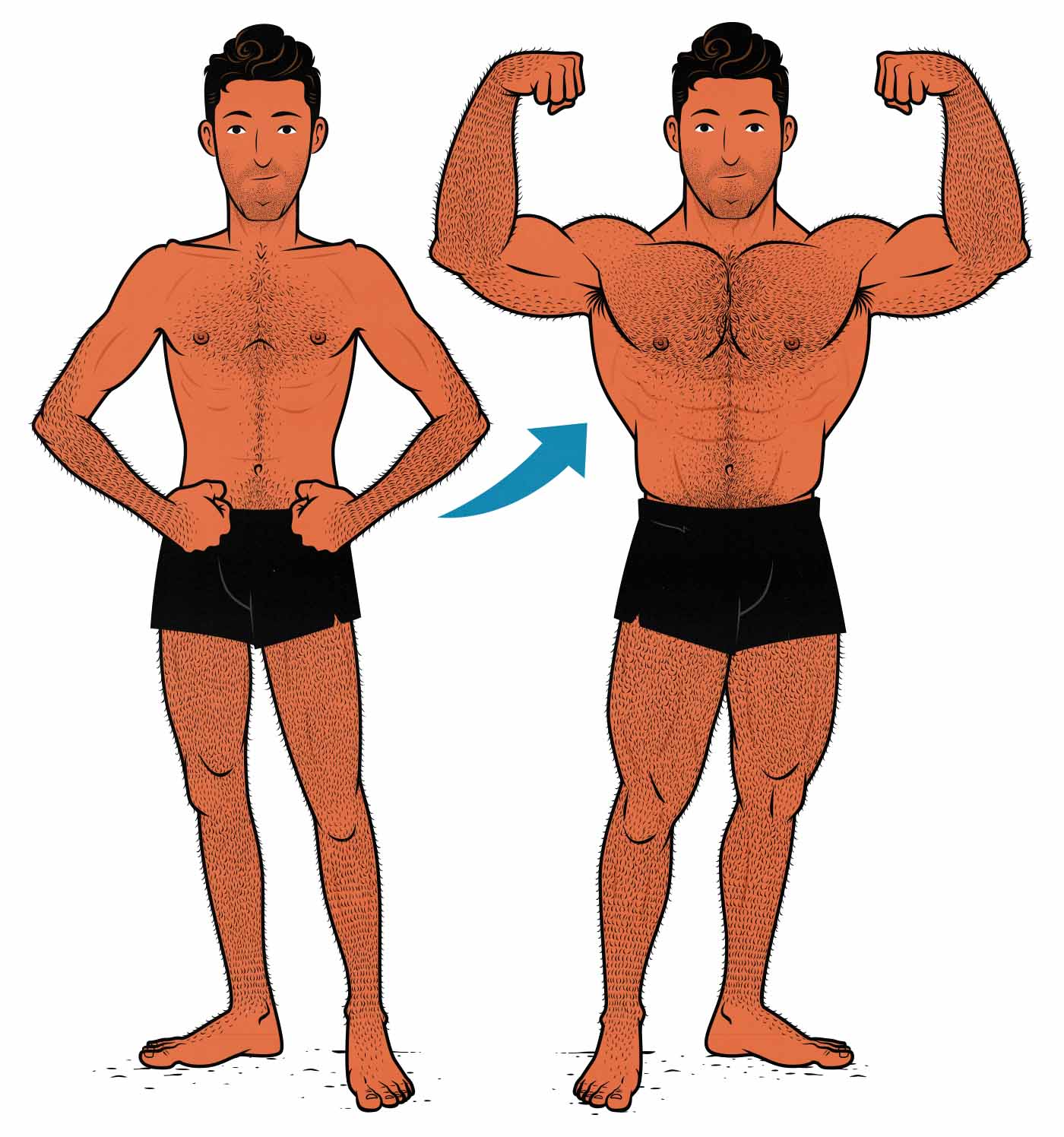
Growth Resources
Before we talk about sets per muscle per week, we need to consider how much muscle your body can build every week. Let’s call that your growth resources. I got that term from Dr. Eric Trexler and Dr. Eric Helms over at the MASS research review.
If you’re trying to bulk up your entire body, you need to ration those growth resources out to all your muscles. If you neglect some muscles, it frees up resources for other ones. If you emphasize certain muscles, you can invest those extra resources into them. One study even found that the muscles you train can steal resources from the ones you don’t train:
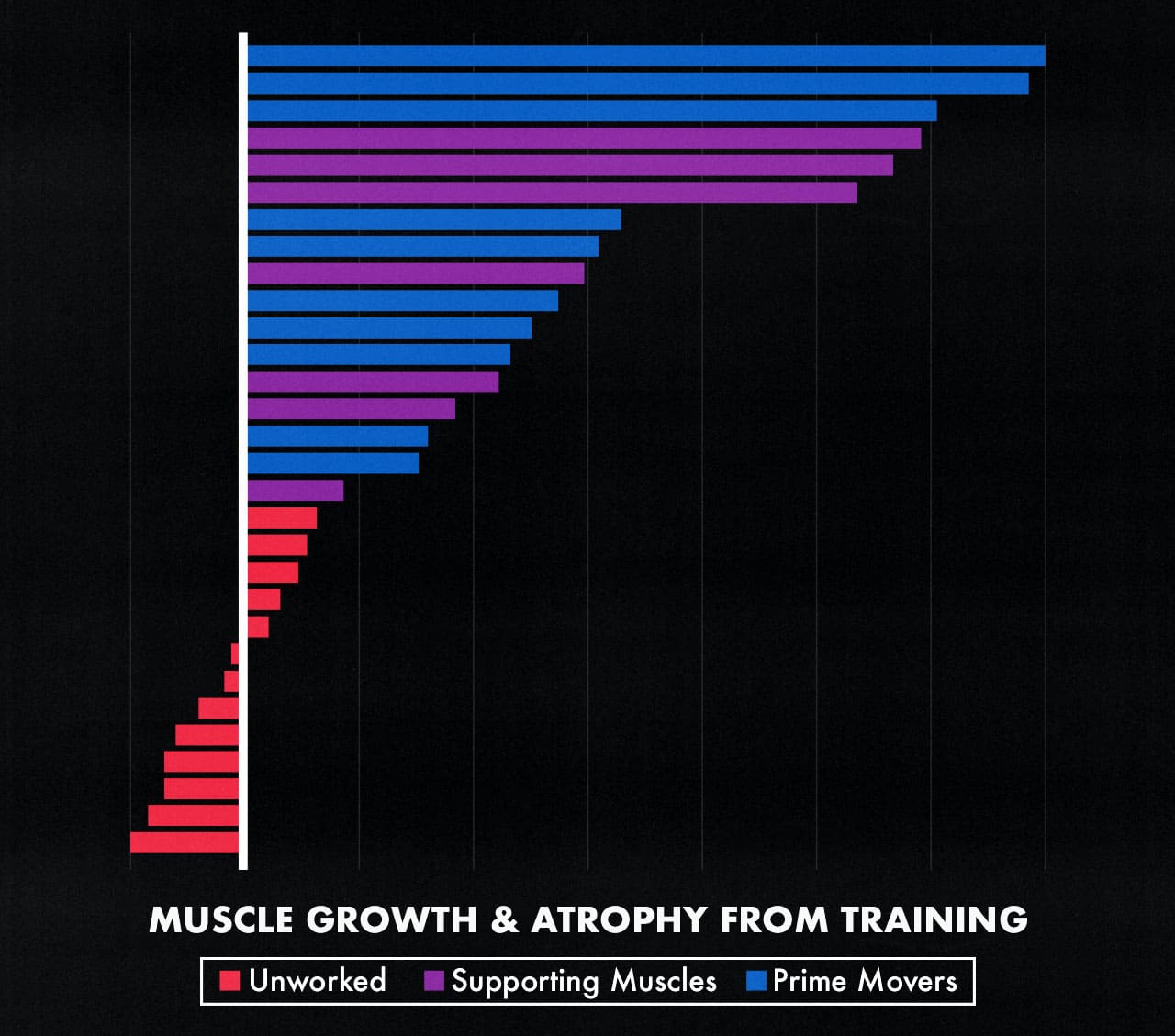
That means there’s a limit to how many sets you can do for any one muscle, but that limit gets higher when you ease back on your other muscles. So, let’s start by looking at whole-body volume, then break it up by muscle group, and then look at specialization routines.
Whole-Body Training Volume
One way to look at training volume is to count the total number of sets you do. We aren’t breaking these up by muscle group. We’re just looking at how many total sets you’re doing.
You can train almost all of your muscles with four types of exercises, so let’s start there:
- Squats: Goblet squats, front squats, back squats, split squats, and leg presses.
- Hip Hinges: Deadlifts, Romanian deadlifts, good mornings, hypers, and hip thrusts.
- Presses: Push-ups, bench presses, overhead presses, and dips.
- Pulls: Rows, pull-ups, pulldowns, and pullovers.
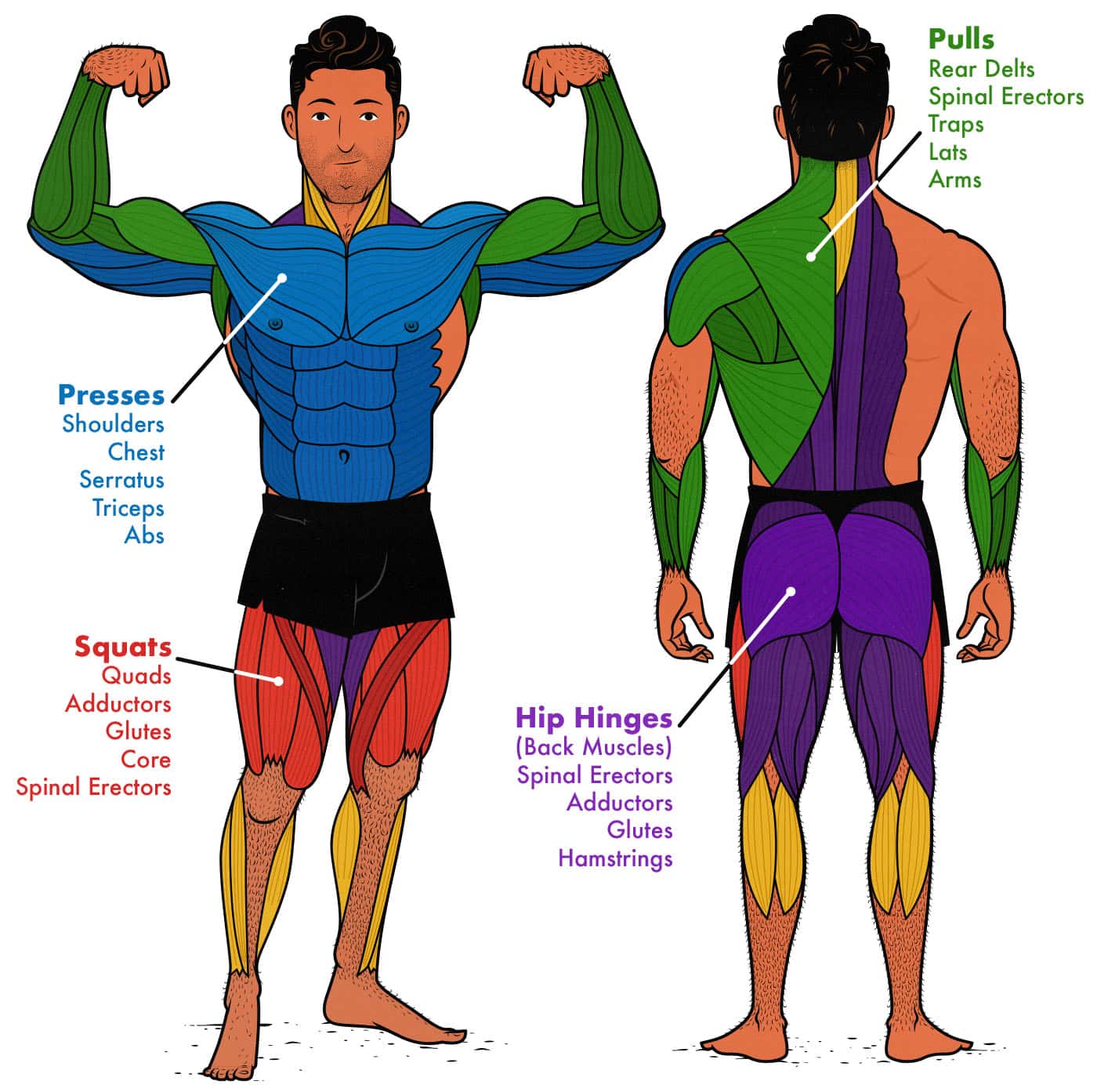
That leaves some muscles untended, but we can fix that with isolation exercises. You can do biceps curls after your pulls and triceps extensions after your presses. You might also want some lateral raises. And maybe some calf raises and neck exercises.
If we give each muscle group 10 sets per week, that gives us a weekly training volume of 40 sets. From there, we can add some isolation exercises, bringing us up to around 60. From there, we can add in some isolation exercises, bringing us up to around 60. That gives us about 15 sets per muscle on average, which is right in the middle of the ideal range.
That means if you train 3 times per week, you might do 5–6 exercises per workout with 3–4 sets on each exercise. Maybe the first 3–4 exercises are big compound exercises, and the last 2–3 are smaller isolation exercises.
Dr. Eric Helms has 55 weekly sets in his most popular beginner program. We work up to a little over 65 sets in our Bony to Beastly Program. That’s enough to produce some of the fastest muscle growth I’ve ever seen anywhere:
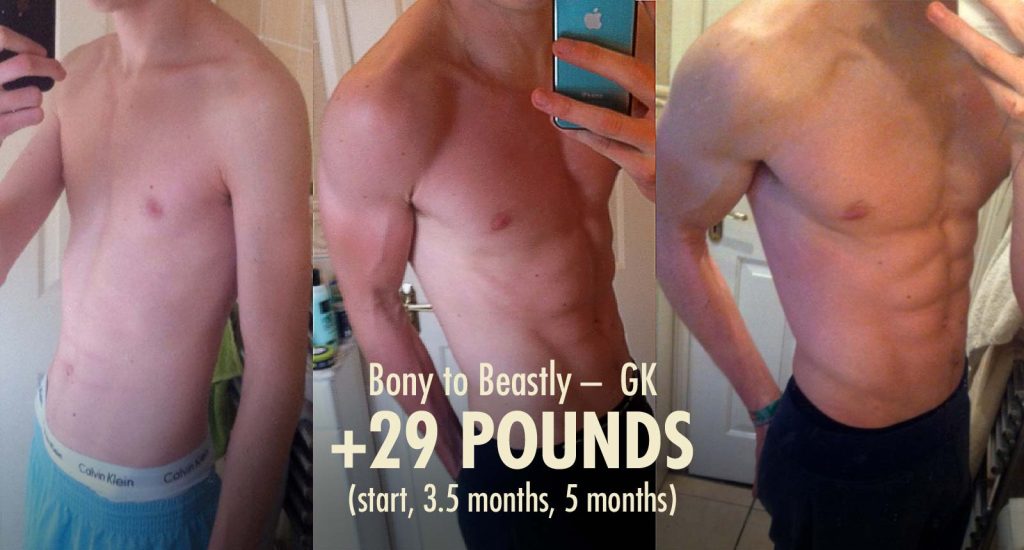
Dr. Helms has 75 sets in the 5-day version of his intermediate hypertrophy program. The hard version of the 5-day routine in our intermediate hypertrophy program has 79 sets.
That’s the highest training volume I’ve ever done. I do better with a lower training volume, and I like my rest days, so I prefer the 3-day and 4-day versions of the program. But some people build more muscle when they do more sets, so we wanted to include a high-volume routine.
Some bodybuilders go even higher. The 1960s bodybuilder Steve Reeves was famous for doing a 3-day, full-body routine with 10 exercises in each workout, with 3 sets on each exercise. That’s 30 sets per workout and 90 sets per week.
How to Count Sets for Each Muscle
Compound exercises work some muscles better than others. For example, pushing exercises are about twice as good for your chest as your triceps (study). So, some people—I think mistakenly—count pressing exercises as a full set for your chest and half a set for your triceps.
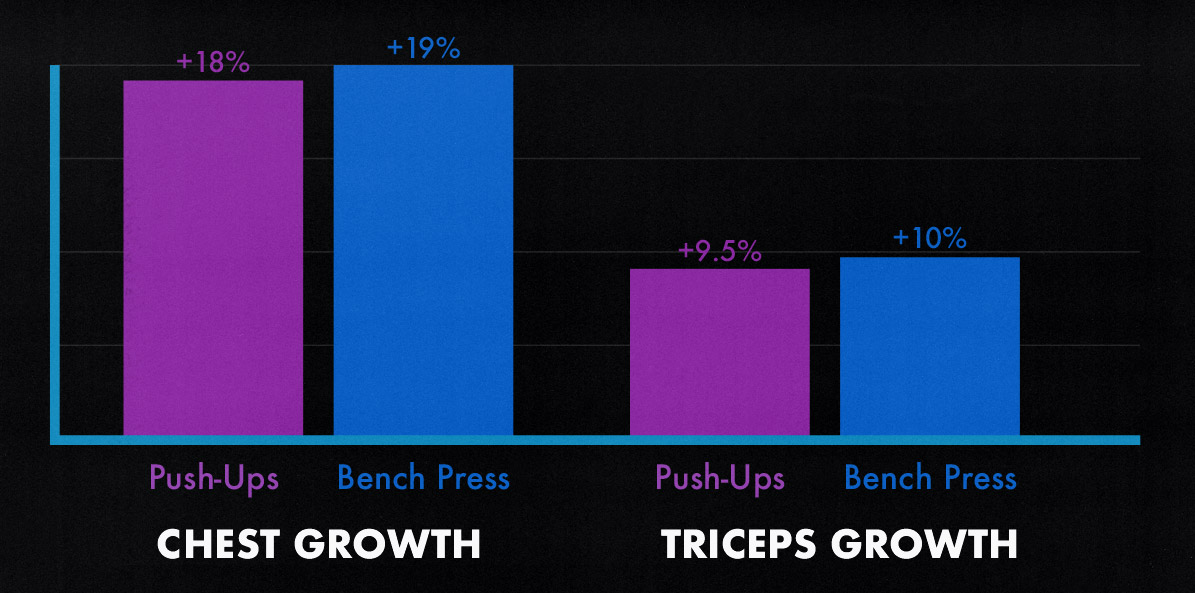
The problem is that pressing works the short heads of your triceps much better than the long head. That means two sets of bench press wouldn’t give you one full set for your triceps; it would give you two sets for the two shorter heads and hardly any stimulation for the long one. You won’t build muscle very well that way.
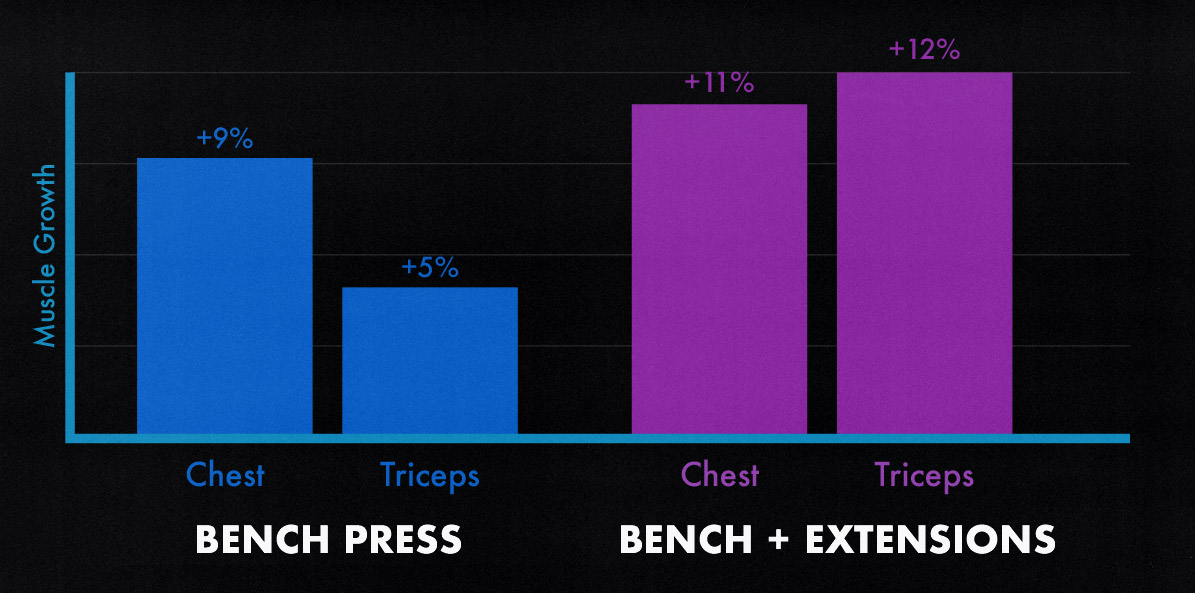
Triceps extensions are as good for your triceps as pressing exercises are for your chest (study). They work your triceps fully. That counts as a full set for your triceps. You can also choose variations that bias the long head, such as overhead extensions and skull crushers. With a little biomechanics, you can make much better workout programs.
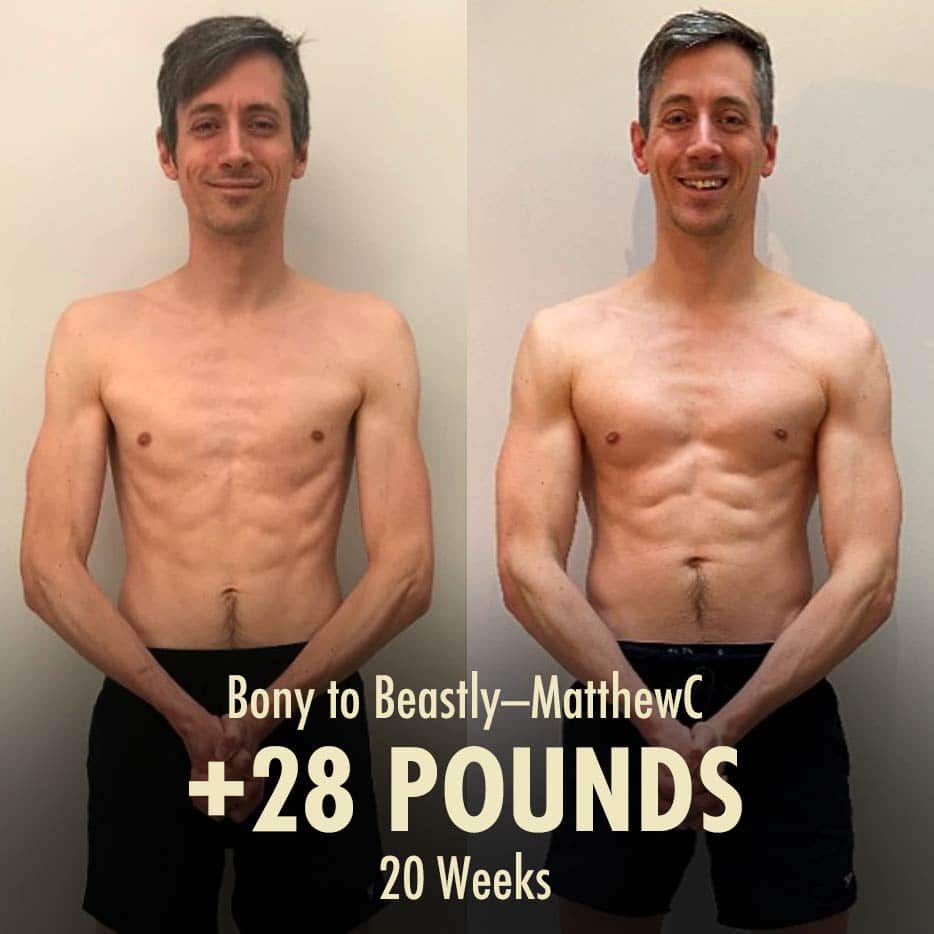
So, whenever an exercise brings a muscle close to failure, I count that as a full set, but I also make sure to have a mix of exercises that properly target every muscle someone is trying to grow. If any of this seems daunting, don’t ever look at your back muscles. It’s a mess back there.
Do Some Muscles Need More Sets Than Others?
You don’t need to train every muscle with the same number of sets. Most people find that their quads, pecs, and hamstrings don’t need nearly as much volume as their back and shoulder muscles. I suspect that’s because it’s easier to work some muscles at longer muscle lengths, but I could be wrong.
Specialization Programs
A specialization program is when you emphasize growth in certain muscle groups. That means removing sets from muscles you’re less excited about and adding them to the ones you’re more keen on growing.
Beginners don’t usually benefit from extreme specialization programs, but I’ve found that as I’ve gotten nearer to my genetic potential, it’s much easier to grow my muscles when I really focus on specific ones. I finally accomplished my goal of benching 3 plates (315 pounds) while following a chest specialization program. More recently, I got my arms up to 16 inches by following an arm specialization program.
There are a few ways to do that:
- Train some muscles while completely neglecting others. This is really common in studies. The researchers only have the participants train the muscles they plan on measuring. It gives you tremendous rates of muscle growth in the areas you’re training, but you lose muscle in the areas you aren’t training. That’s how you get people benefitting from 52 sets for their quads.
- Put most of your muscles on maintenance while heavily emphasizing some. This is how most people do specialization programs. If you’re trying to bulk up your arms, you’d do 3–5 sets for every other muscle and then 20, 30, or maybe even 40 sets for the muscles in your arms. That’s what we do in our Guns Blazing Program. Some of the best arm exercises also work your chest and back, so it’s not bad for chest and back growth, either.
- Skew the volume towards the muscles you’re more eager to grow. If a man wants more upper-body growth, you can trim off a few sets of squats and deadlifts and add a few sets of pressing, pulling, and arm exercises. We do that in our Bony to Beastly Bulking Program and Outlift Intermediate Hypertrophy Program. We do the opposite in our women’s program.
There’s no hard rule about specialization programs. Removing a set of squats or deadlifts might let you add a set of biceps curls, triceps extensions, and lateral raises. Removing a set of chin-ups might not free up many growth units at all. It really depends.
Conclusion
Whatever approach you take, add volume gradually. Add an extra 1–4 sets per muscle per week and track how your workouts go. If you’re gaining extra strength on those exercises, you know the extra volume is working. If your strength progresses at the same pace as normal, it may or may not be working. When your strength plateaus, you’re probably doing too much.
If you’re brand new to lifting, start with 2–3 sets per muscle per workout and train your muscles 2–3 times per week, giving you a weekly training volume of 4–9 sets. Next week, add another set to your exercises, bumping that volume up to 6–12 sets. Next week, consider adding another set to your main exercises. That will bring most people into the ideal range.
You can keep adding volume for as long as you like. You’ll probably get your best results somewhere between 10-20 sets per muscle per week, but I won’t hold you back. You could try delving deeper. Perhaps you’ll strike gold.

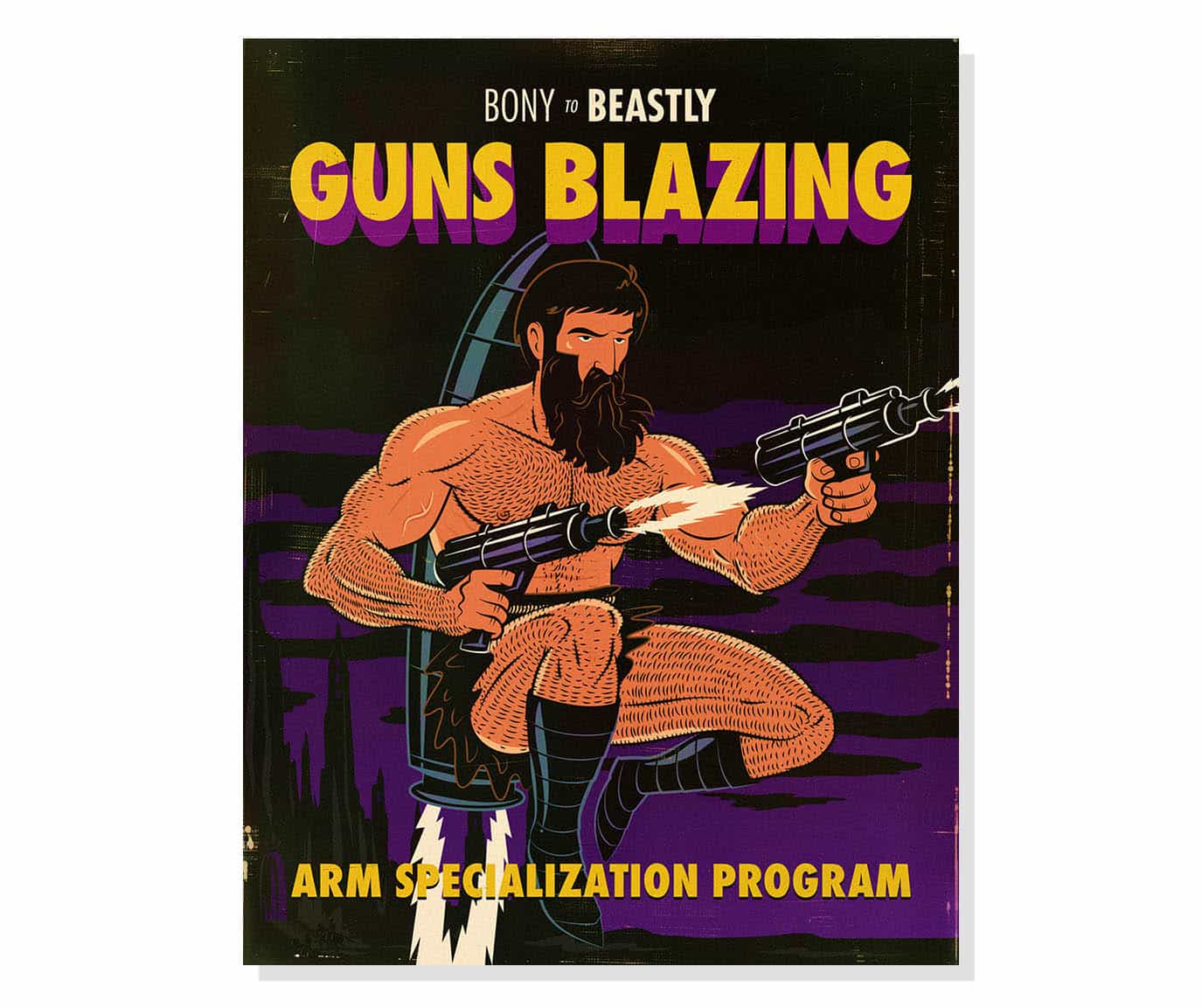

Muscle-Building Mini-Course via Email
Sign up for our 5-part muscle-building mini-course that covers everything you need to know about:
Here are some related articles